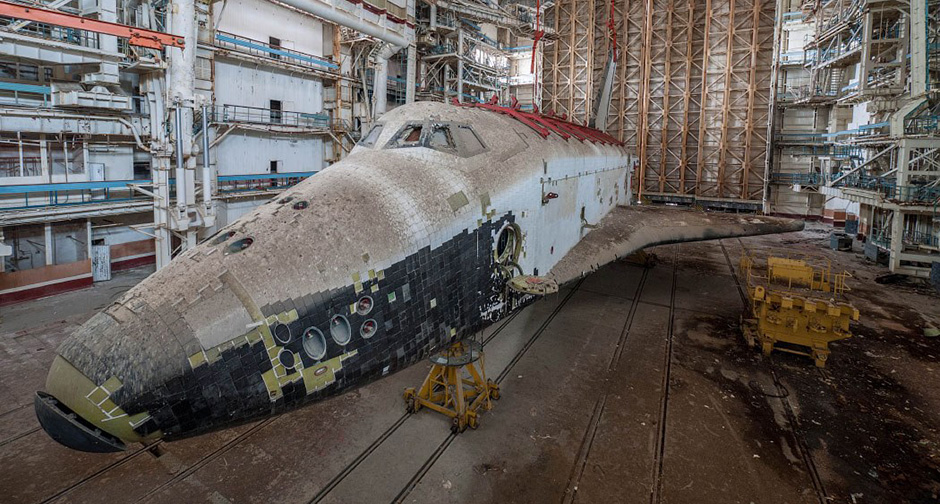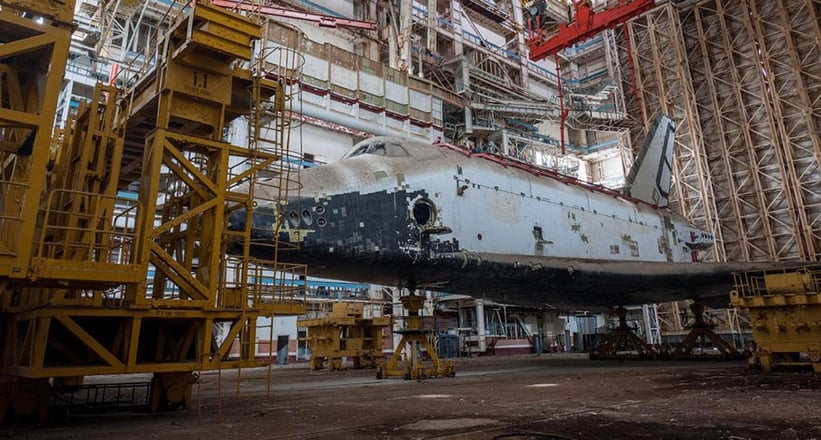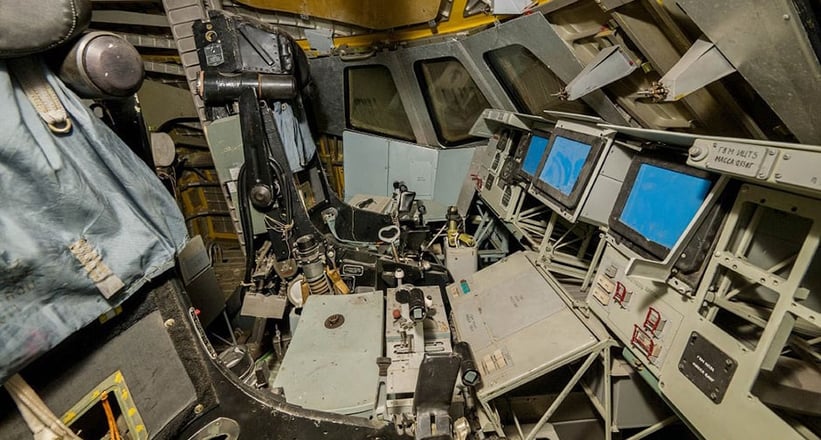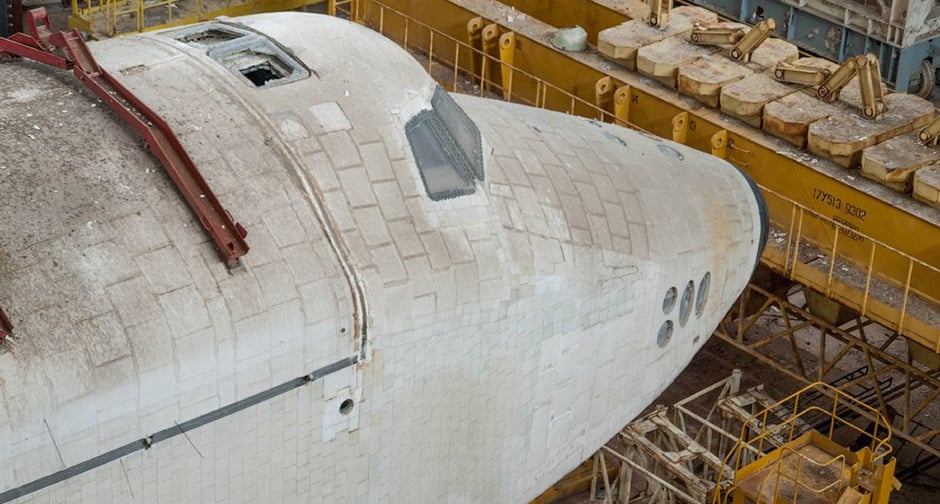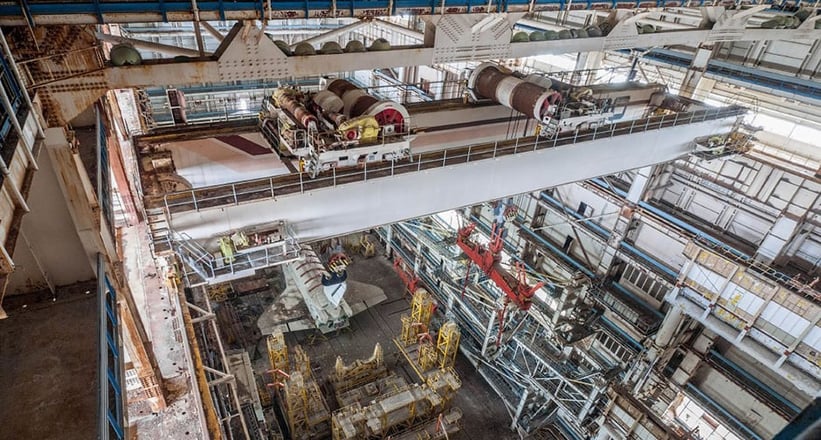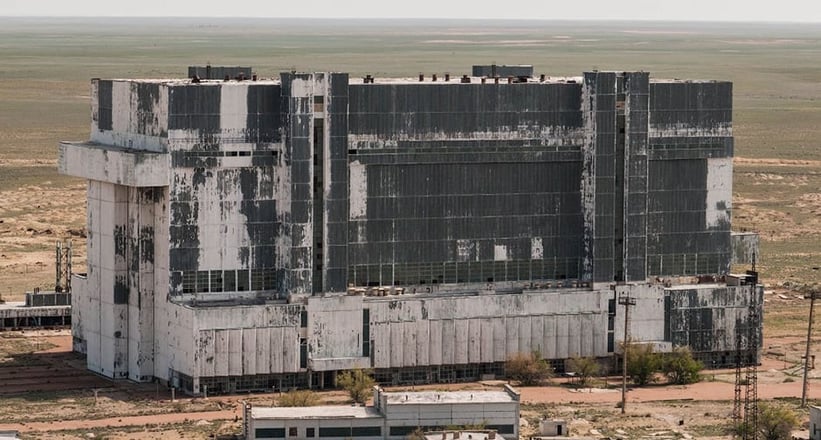Jari-Matti Latvala dispute ce week-end son 150e rallye mondial et entre dans le top-8 de l’histoire du WRC. En Pologne, le Finlandais pourrait décrocher un 50e podium en WRC et remporter sa 400e spéciale.
La carrière mondiale de Jari-Matti Latvala a débuté au Wales Rally GB 2002. En ce dimanche 17 novembre, après 17 spéciales, le jeune Finlandais de 17 ans a terminé 17e au volant d’une Mitsubishi Lancer Evo VI jaune.
De 2003 à 2007, Jari-Matti Latvala a fait ses gammes en WRC au volant de différentes voitures (WRC, S1600, GrN…) avant d’intégrer l’équipe Stobart/M-Sport pour un programme complet en Ford Focus WRC. Une saison d’apprentissage très probante marquée par une première victoire en spéciale (Norvège), une première position de leader (Sardaigne), un premier podium mondial au Rallye d’Irlande (sur asphalte), et dix meilleurs temps au Wales Rally GB 2007.
Sa première victoire en WRC n’a pas tardée. Au Rallye de Suède 2008, deuxième manche de la saison. Jari-Matti n’avait que 22 ans et 10 mois quand il a immobilisé sa Ford Focus WRC officielle sur la plus haute marche du podium à Karlstad. Un record de précocité qui tient toujours…
Rapide sur tous les terrains, mais souvent impétueux au volant et auteur de quelques « bourdes », le Finlandais a dû attendre le Rallye de Sardaigne 2009 pour ajouter une deuxième ligne à son palmarès, puis le Rallye de Nouvelle-Zélande 2010 pour un troisième succès remporté avec 2.4 secondes d’avance sur Ogier.
Cette année-là, la victoire au Rallye de Finlande, devant tous ses fans, fut l’un des plus beaux moments de sa carrière, tout comme sa première victoire sur asphalte au Rallye de France 2014.
A seulement 30 ans, avec 13 victoires (15e place dans la hiérarchie, ex-aequo avec Solberg), deux titres de vice-champion du monde et cinq podiums au championnat, Jari-Matti possède un des plus beaux palmarès du WRC. Ce week-end, il vise un 50e podium mondial (top-10) et une 400e victoire en spéciale (396 avant le départ).
Avec 150 rallyes WRC, Jari-Matti Latvala entre dans le top-8 mondial aux côtés de Kankkunen, Sainz, Auriol, Grönholm, Solberg, Loeb et Hirvonen.
Volkswagen Motorsport, qu’il a rejoint en 2013 après 93 rallyes disputés sur Ford, a confirmé un partenariat de long terme avec le Finlandais.
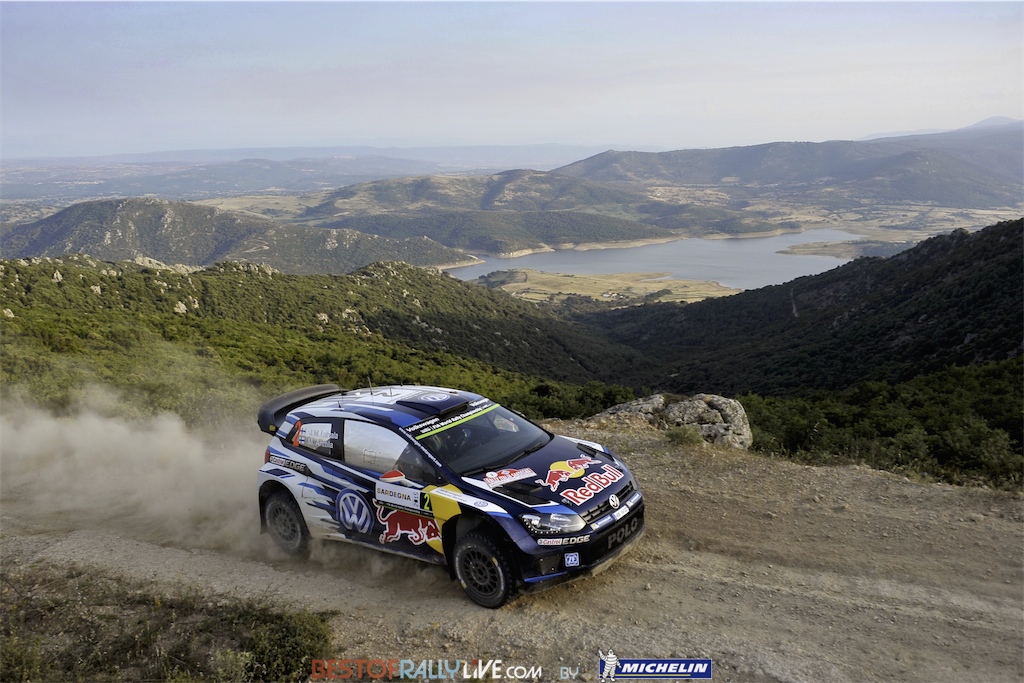
Rally Poland will be Jari-Matti Latvala’s 150th world class start and will make him the eighth most active driver in WRC history. He could celebrate the landmark by finishing on the podium for the 50th time and claiming his 400th stage victory.

Latvala’s WRC career started with the 2002 Wales Rally GB. On Sunday, November 17 of that year, the 17-year old Finn was 17th overall after 17 stages in his yellow Mitsubishi Lancer Evo VI!
From 2003 to 2007, he diligently learned his trade in a variety of cars (WRC, S1600, Group N, etc.) before earning a full programme with Stobart/M-Sport in a Ford Focus WRC. That assertive apprenticeship was marked by his first stage victory (in Norway), his first time in the lead (Sardinia), his first podium finish (Ireland, asphalt) and 10 fastest times on the 2007 Wales Rally GB.
His first WRC triumph followed three months later in Sweden, the second round of 2008. The Finn was only 22 years and 10 months when he parked his factory Ford Focus WRC on the highest step of the podium in Karlstad. That age record still holds.
Quick on all types of terrain, but occasionally victim of his own impetuousness, he had to wait until Sardinia 2009 for his second success, then New Zealand 2010 for the third when he beat Ogier by 2.4s.
Victory on the same year’s Rally Finland was one of the finest moments of his career to date, as was his first asphalt success in France in 2014.
At the age of just 30, he has 13 wins to his name (level with Petter Solberg), as well two runner-up titles and five bronze medals. A score of four stage wins or more would take his score to 400.
Meanwhile, 150 WRC starts will make Jari-Matti Latvala the championship’s eighth most prolific starter, behind Kankkunen, Sainz, Auriol, Grönholm, Solberg, Loeb and Hirvonen.

